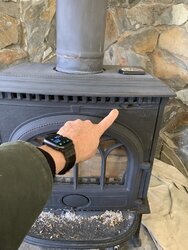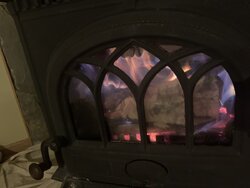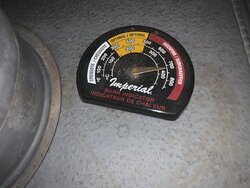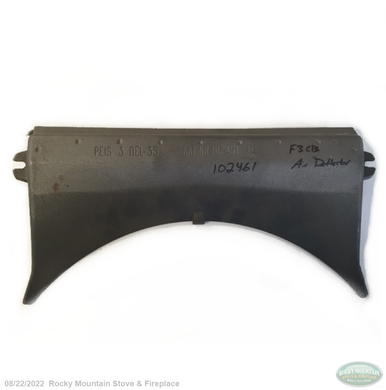Our F3 is not burning way too hot lately. So, I replaced the gaskets (door, glass & ash pan). All went well. There seems to be an air leak somewhere else (I've tried the $1 bill test, BTW).
The manual states that there is a gasket around or behind the "main air throttle" on the upper right above the door hinges. Not sure how to get to it or change it. The dealer said he never has sold one in 40 years.
Other ideas?
Thanks!
John
The manual states that there is a gasket around or behind the "main air throttle" on the upper right above the door hinges. Not sure how to get to it or change it. The dealer said he never has sold one in 40 years.
Other ideas?
Thanks!
John





